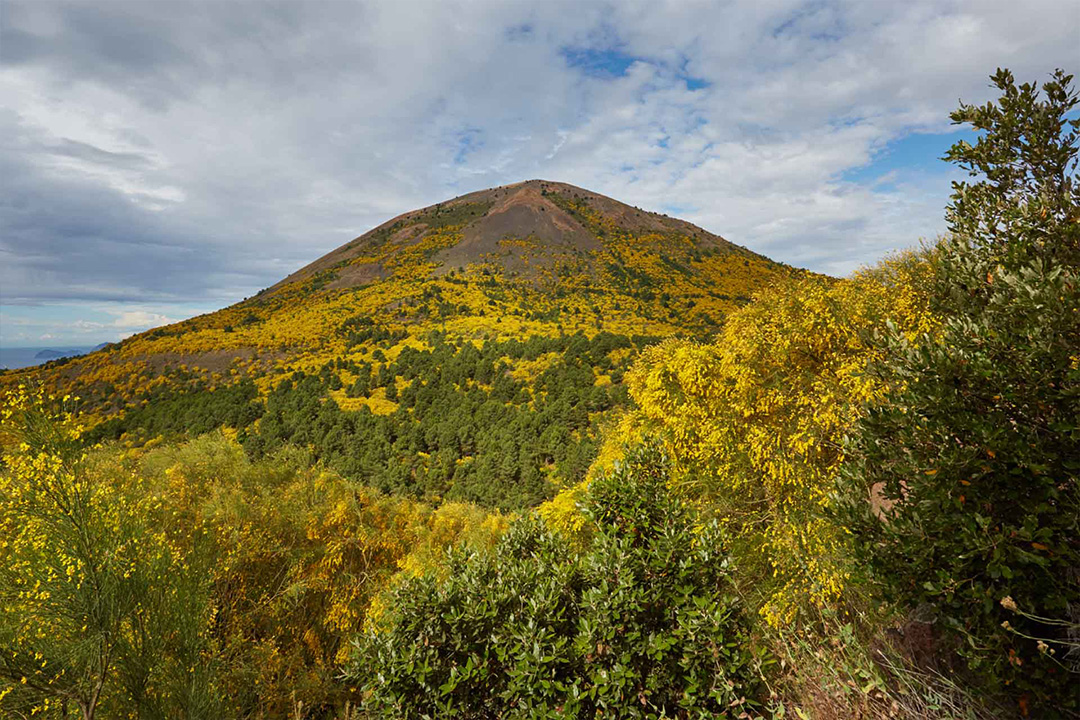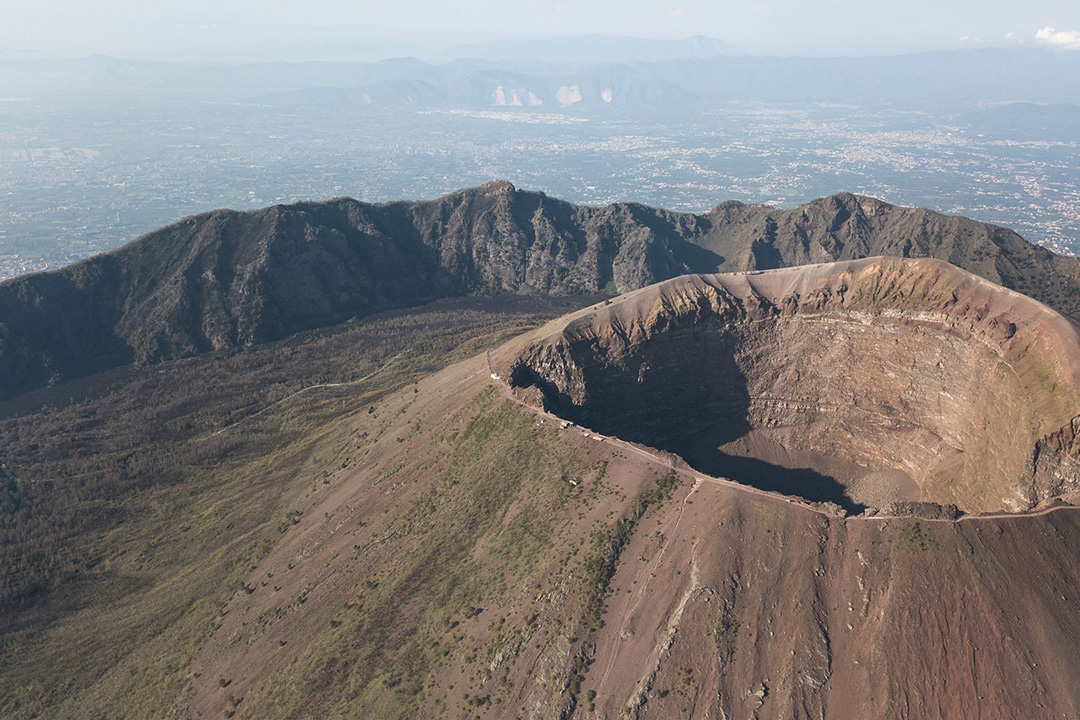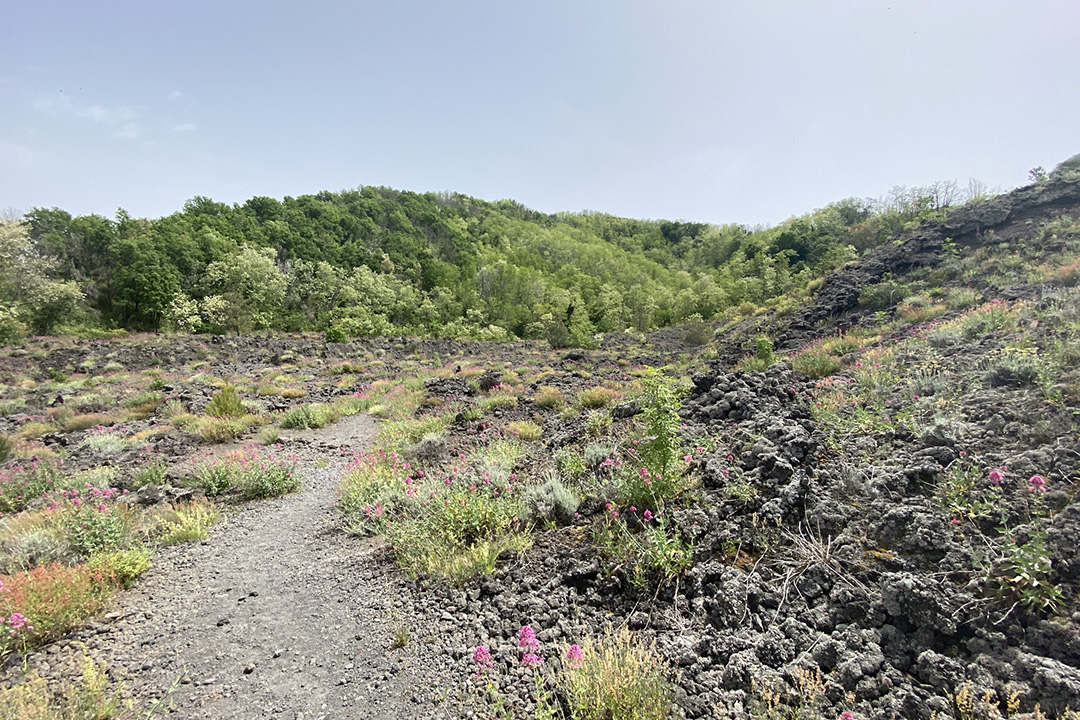The territory of the National Park
The territory of the Vesuvius National Park is a concentration of natural wonders, the history of vulcanology, breathtaking landscapes, centuries-old cultivations, and traditions that make the Vesuvian area one of the most fascinating and visited places in the world.
The Vesuvius National Park was officially established on June 5, 1995, to preserve animal and plant species, vegetal and forest associations, geological features, paleontological formations, biological communities, biotopes, scenic and panoramic values, natural processes, hydraulic and hydrogeological balances, and ecological equilibriums of the Vesuvian territory.
The trail system of Vesuvius National Park
During the three-year period 2001-2003, the Vesuvius National Park created ‘The Trail System of Vesuvius National Park,’ consisting of 11 trails with a total length of 54 km for walking. The interventions focused on risk mitigation along the paths and their development through specific signage for each trail. Information boards were also set up containing descriptions of the main natural, geological, and historical features encountered during the walk.
Different types of trails were created: six circular nature trails (No. 1, 2, 3, 4, 5, and 8), an educational trail (No. 9), a panoramic trail (No. 6), and an agricultural trail (No. 7).
For risk mitigation, stabilization interventions and consolidation works were carried out, resulting in the construction of a total of 584 cubic meters of double-wall live piles, 845 cubic meters of single-wall live piles, 375 square meters of live grates, 1433 meters of fencing, 180 cubic meters of bond and stone bridle, 2728 cubic meters of dry stone walls in volcanic rock, and over 5400 square meters of seeding and turfing.





